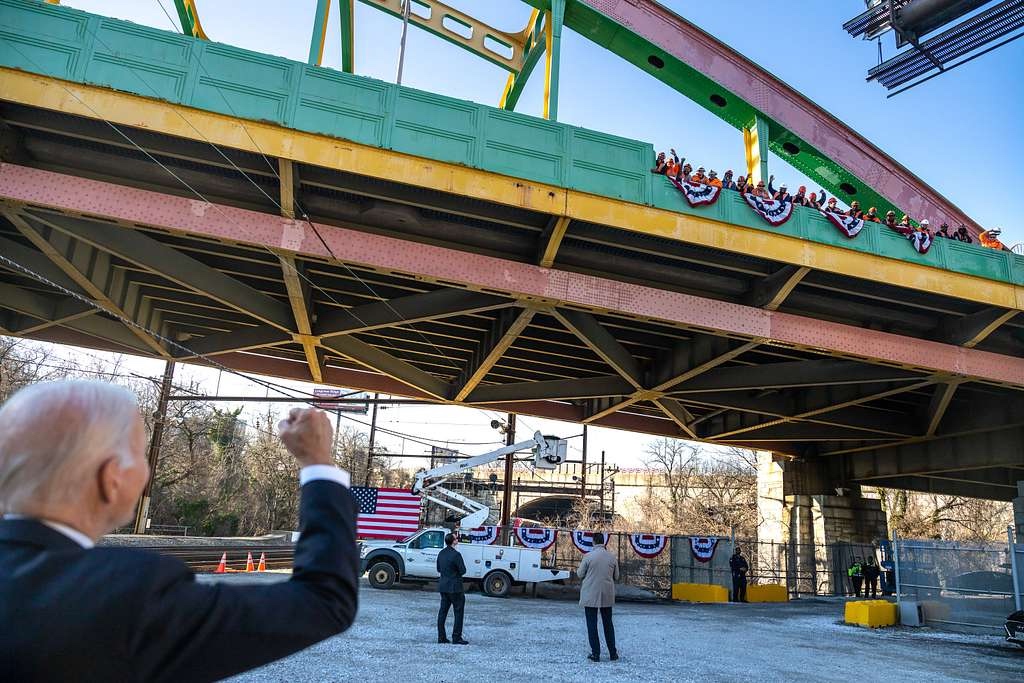Have a story idea
Have a story idea? Send it to us here.

Source : Executive Office of the President of the United States
November 27, 2023
Author : Patty Allen
Two years ago, on 15th November, President Biden signed a generational bill into an act. This was the $1 trillion investment package, titled the Infrastructure Investment and Jobs Act bill. The IIJA was created to improve the aging and crumbling infrastructure while providing new job opportunities.
The White House document's release comes as it approached the two-year mark and House Republicans prepare appropriations bills to cut funding for several infrastructure accounts in fiscal year 2024.
In the last two years, almost 40,000 projects across the country in more than 4,500 communities across 50 states and the District of Columbia, territories, and Native American tribal areas have received nearly $400 billion in funding.
The majority of IIJA funding goes towards constructing roads and bridges, followed by rail, broadband, power, and water projects. The AECOM, WSP, and Granite Construction management have disclosed that their companies benefit from the Infrastructure Act.
However, Brookings's research indicates that the IIJA's scale and complexity provide obstacles to its actual implementation. The funding goes through over 400 programs channeled by different federal, state, and local organizations.
A requirement for US-made building materials on all federally funded infrastructure projects was set under the Infrastructure Act's Build America Buy America provisions. Several construction associations oppose the proposal, claiming it will cause delays and increase project prices.
The American Society of Civil Engineers claims that the use of underfunding infrastructure has had a negative impact nationwide. The organization assessed US infrastructure as "C minus" in its most recent report card. It indicated that many of the nation's roads, bridges, airports, and water systems are in poor to mediocre situations and need upgrades to withstand the effects of climatic changes. The goal of the IIJA is to reduce the resilience and repair backlog.
The construction industry has had significant job growth since January 2021, according to the White House. The construction of buildings has increased by over 11%, while heavy and civil engineering has increased by 9%.
The study indicates that the construction of non-residential buildings, such as factories, warehouses, bus terminals, and airports, as well as the construction of streets, bridges, and highways, have been the main drivers of employment growth in recent months.
The Biden Administration also recently revised their Davis-Bacon Act, which establishes the prevailing wages contractors must pay workers on federal projects to improve the quality of construction jobs.
Although the construction industry has experienced labor demand fluctuations, Anirban Basu, chief economist of Associated Builders and Contractors, stated that the industry's general need for more workers won't go away anytime soon. This achievement has a drawback, though, as labor shortages could hamper the federal government's plans for infrastructure.
Here are some highlights of the IIJA-funded project:
Category : Federal Government Investment in Infrastructure
